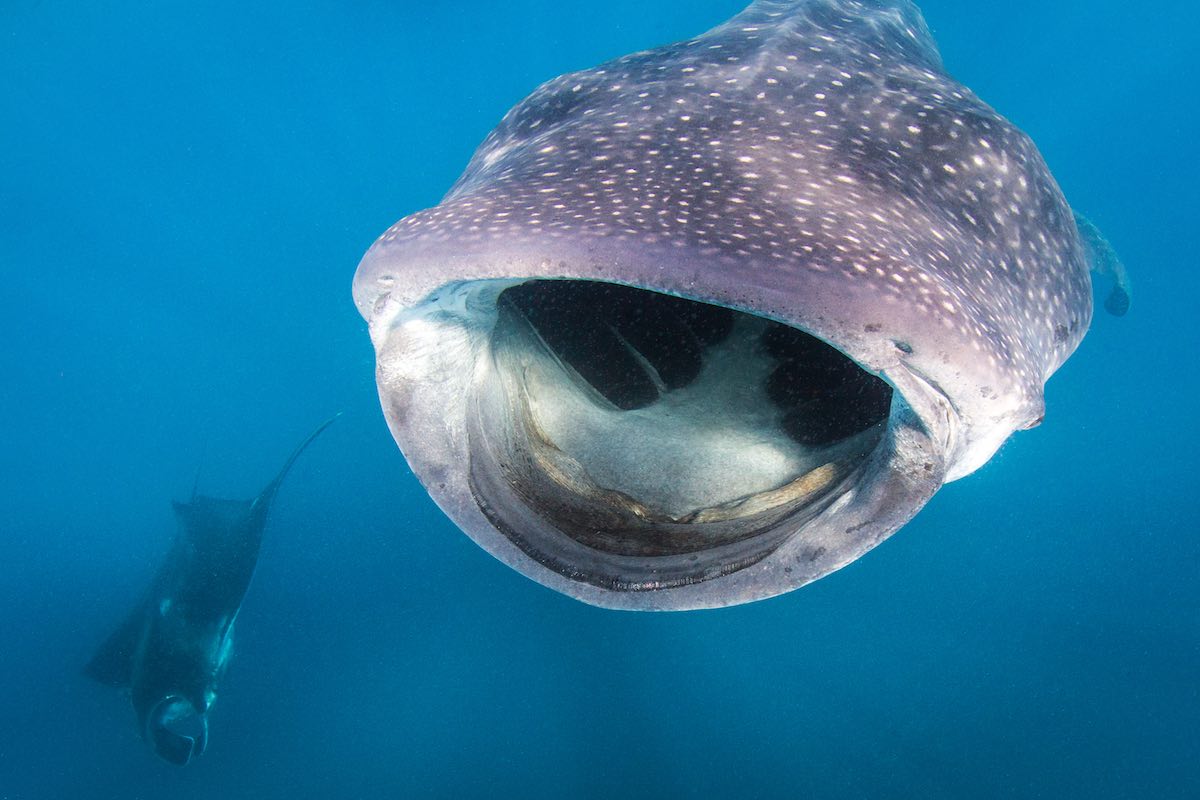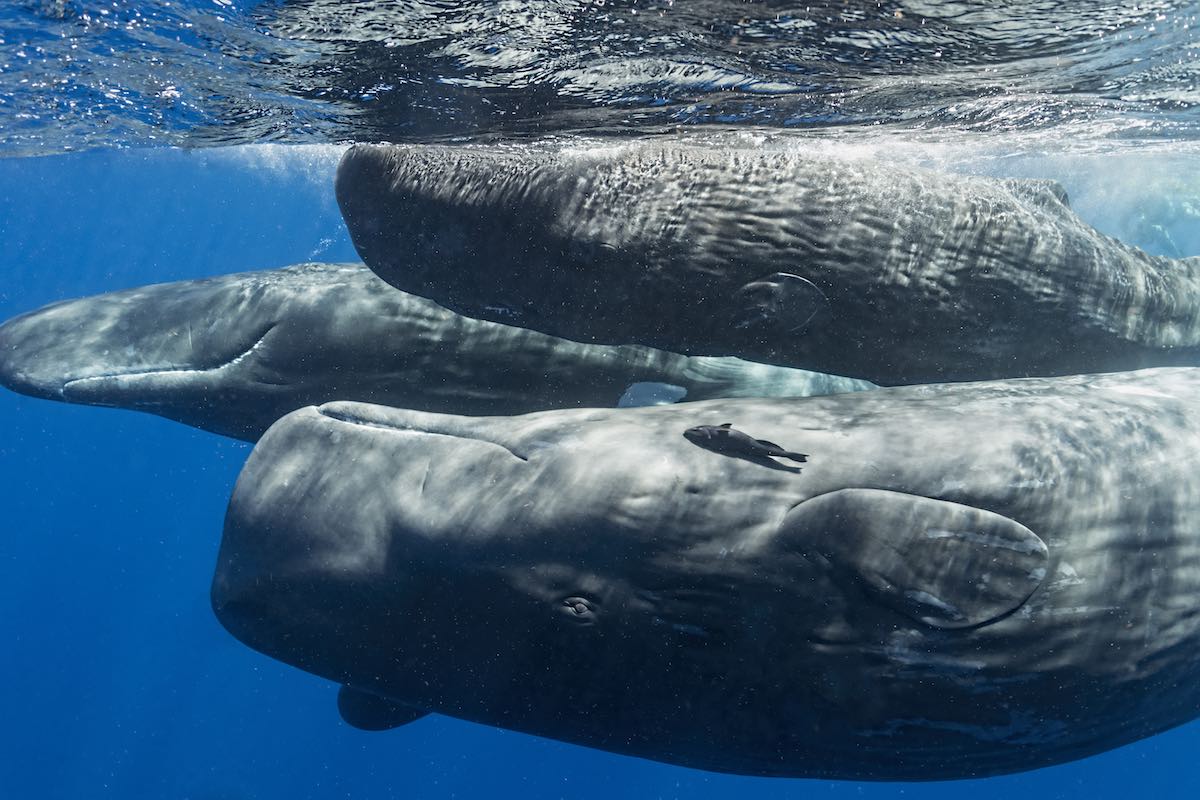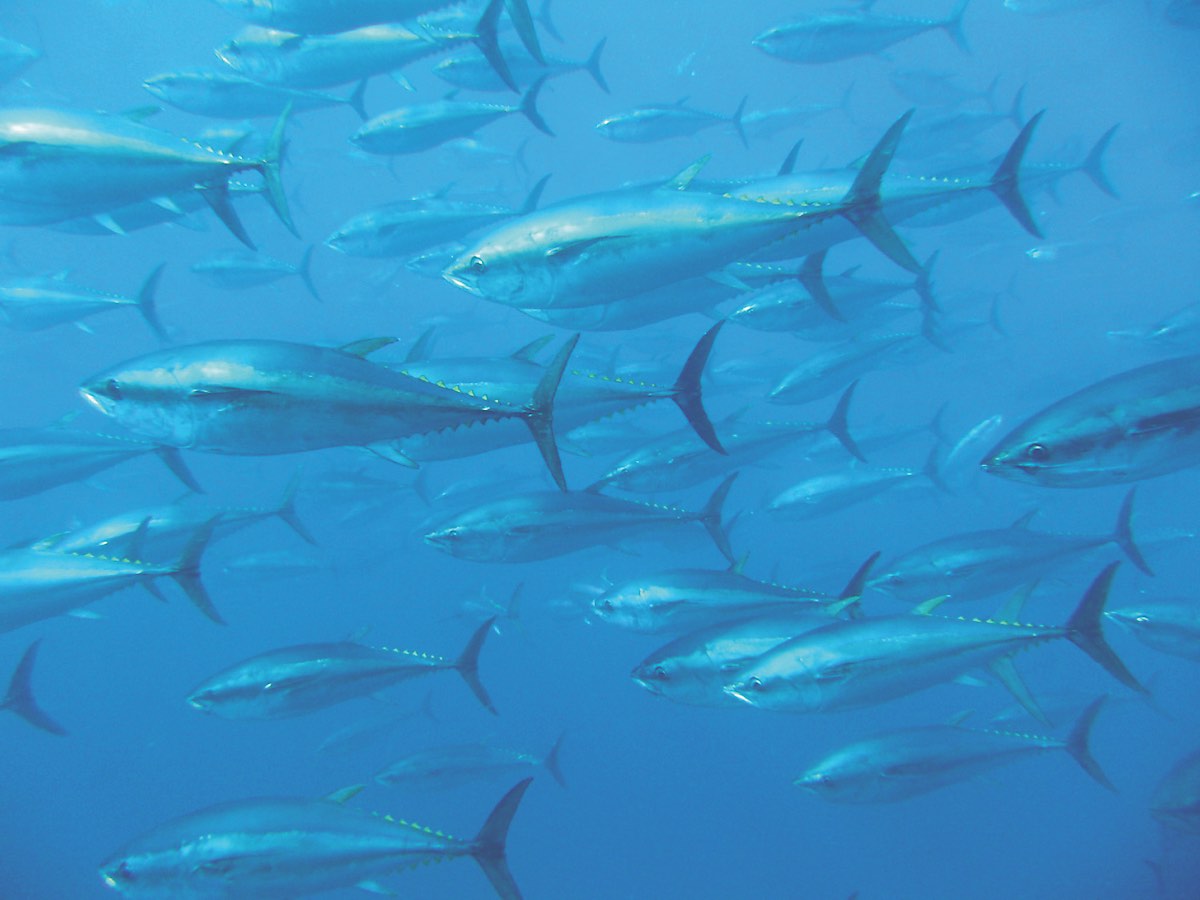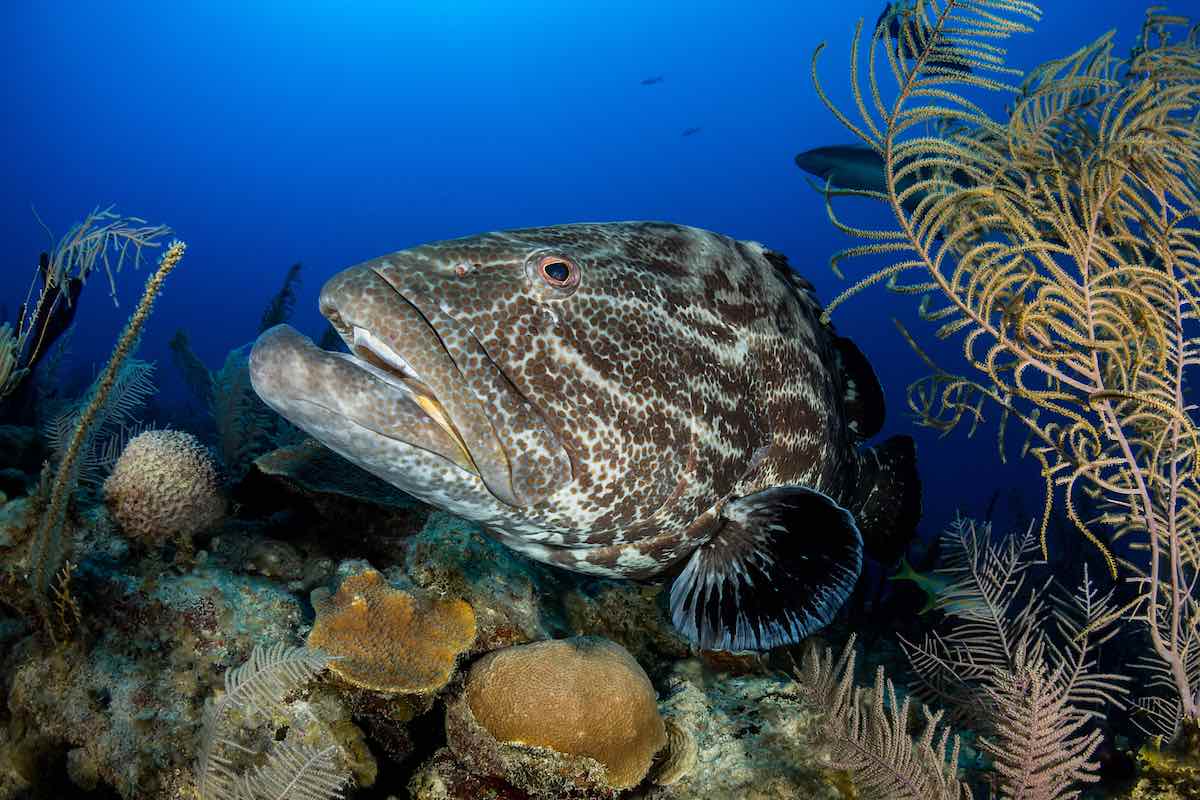10 Ocean Animals You Might Not Know Live in the Gulf of Mexico
Published by Ocean Conservancy
The Gulf of Mexico is known for its productive fisheries, oil and gas economy and resilient communities. It is also a biologically rich marine ecosystem teeming with life that captures your heart and imagination. Whale sharks meander through its waters, bottlenose dolphins jump through its currents and sea turtles nest on its beaches. As one of the most staggeringly productive places on this planet, the Gulf is home to fish, coral, whales, sea turtles, dolphins and thousands of bird species.
Here are ten animals that live in the Gulf of Mexico—that YOU need to meet!
Vampire Squid
Don’t be afraid—despite their name, vampire squid won’t fly out of the ocean to suck your blood. These cephalopods don’t even spray ink. They produce a bioluminescent mucus cloud that can glow for up to ten minutes. They were given their name due to their blood red eyes, which can also look blue depending the lighting. Their bodies definitely reflect the gothic nature of vampires by being black or red. A web-like material connects their tentacles. Vampire squid live in the really cold depths of the ocean with very little oxygen. In order to conserve energy, they simply drift along the ocean currents and only eat dead plankton and fecal matter. Instead of fangs, vampire squids eat with their beaks.


Whale Shark
The whale shark can grow up to 40 feet long and weigh 20,000 pounds or more—the height of two giraffes stacked on top of each other and the weight of two elephants combined! But don’t be intimidated by the size of the world’s largest shark: the whale shark is a gentle giant. And, remember, whale sharks are actually sharks, which means they are fish—not mammals.
FIVE (out of seven) species of sea turtles!!
Sea turtles love the beaches along the Gulf of Mexico for nesting and return to the same beaches year after year to lay their eggs. Five of the seven species of sea turtles nest along Gulf beaches and swim in Gulf waters.
- Green sea turtles—one of the largest species of turtle and the only turtle that is strictly herbivorous as an adult.
- Kemp’s Ridley sea turtles—the world’s most endangered and the smallest of the sea turtle species.
- Leatherback sea turtles—the largest sea turtle in the world—growing up to seven feet and weigh more than 2,000 pounds. While all other sea turtles have a hard body shell, leatherback sea turtles have a flexible, rubbery shell.
- Loggerhead sea turtles—they are the most widespread sea turtle species in the world, and the most abundant of all sea turtle species in the U.S.
- Hawksbill sea turtle—named for its hooked, hawk-like beak. Hawksbill sea turtle can be found in the southern Gulf where adults hang out near coral reefs in order to eat their favorite meal—sponges.
Bryde’s Whale
Bryde’s (pronounced BROO-dus) whales are found around the world, but only 33 of them live in the northern Gulf. Recently listed as an endangered species, the Gulf’s Bryde’s whales live in a small area just off the coast of the Florida Panhandle. The Bryde’s whale is also the Gulf’s only baleen whale. They strain large volumes of ocean water through their baleen plates, trapping the food on their baleen. Their food (tons of krill, other zooplankton, crustaceans and small fish) are licked off their baleen using their tongue and swallowed.


Sperm Whale
Sperm whales are the largest of the toothed whales! Sperm whales like to stick together—often as many as 20 sperm whales travel together in what is known as a pod. You can easily identify sperm whales by their very large heads. Did you know that sperm whales have the largest brain of any creature known to have lived on Earth?
Orca
Easily identified by their iconic black and white markings—orcas are the largest member of the dolphin family! Fun fact: orca pods are led by females; they’re a matriarchal society. Orcas are incredibly powerful, hunting anything from seabirds and squid to large prey like pinniped species (seals and sea lions), and even sharks or other whales.


Atlantic Bluefin Tuna
Atlantic bluefin tuna are built like torpedoes and race through the water at speeds up to 43 miles per hour. Unlike most fish, bluefin tuna are warm-blooded, and are able to generate body heat through their swimming, which helps them on long ocean journeys. After decades of overfishing throughout the Atlantic—including illegal fishing—managers are working to help rebuild populations back to healthy levels. The U.S. works with other countries to set limits on catch of bluefin throughout the Atlantic, but these have to be followed by everyone in order to be effective. The Gulf of Mexico has an important role to play in the recovery of bluefin because it is the only known spawning area for the western Atlantic part of the population.
Sargassum Fish
A type of frogfish, the sargassum fish is simply spectacular—they crawl among floating mats of sargassum seaweed with their specialized fins, looking for a tasty meal. This frogfish is a master of disguise—perfectly camouflaging itself amongst the sargassum seaweed and then grabbing unsuspecting prey for dinner.
Manta Rays
Manta rays are often called the acrobats of the sea. With a wingspan of up to 25 feet, the manta ray leaps gracefully into the air before hitting the water with a smack! But it’s not just a good photo op. The rays’ landing from a height of up to seven feet helps to knock off parasites and dead skin. They turn barrel rolls in the water and glide gracefully along the ocean floor with their mouths open wide to feast on a buffet of plankton. The Gulf of Mexico’s coral reefs serve as a nursery for mama manta rays to raise their youth.


Goliath Grouper
Goliath groupers are one of the biggest fish in the sea. They use their large mouths to suck in whole fish or invertebrates, swallowing them whole. They don’t even take time to chew! But their populations are in trouble. Scientists estimate that historical overfishing decreased their numbers by about 80 percent, and it’s been a long road to recovery.
YOU Can Take Action to Help the Gulf
Right now, we have a once-in-a-lifetime opportunity to restore the Gulf of Mexico—and protect all these magnificent ocean animals who call the Gulf waters home. Will you join us?
The world’s first-ever plan to restore the ocean is here—and you can help ensure its success. The Open Ocean Trustee Implementation Group just released a new plan to restore the Gulf’s marine wildlife. The Trustees have invited the public to submit comments and suggestions. Join us and tell the Open Ocean Trustees you support efforts to protect marine wildlife and the deep waters of the Gulf. Take action today!
The post 10 Ocean Animals You Might Not Know Live in the Gulf of Mexico appeared first on Ocean Conservancy.
Read the full article at: https://oceanconservancy.org/blog/2019/06/20/10-ocean-animals-might-not-know-live-gulf-mexico/



